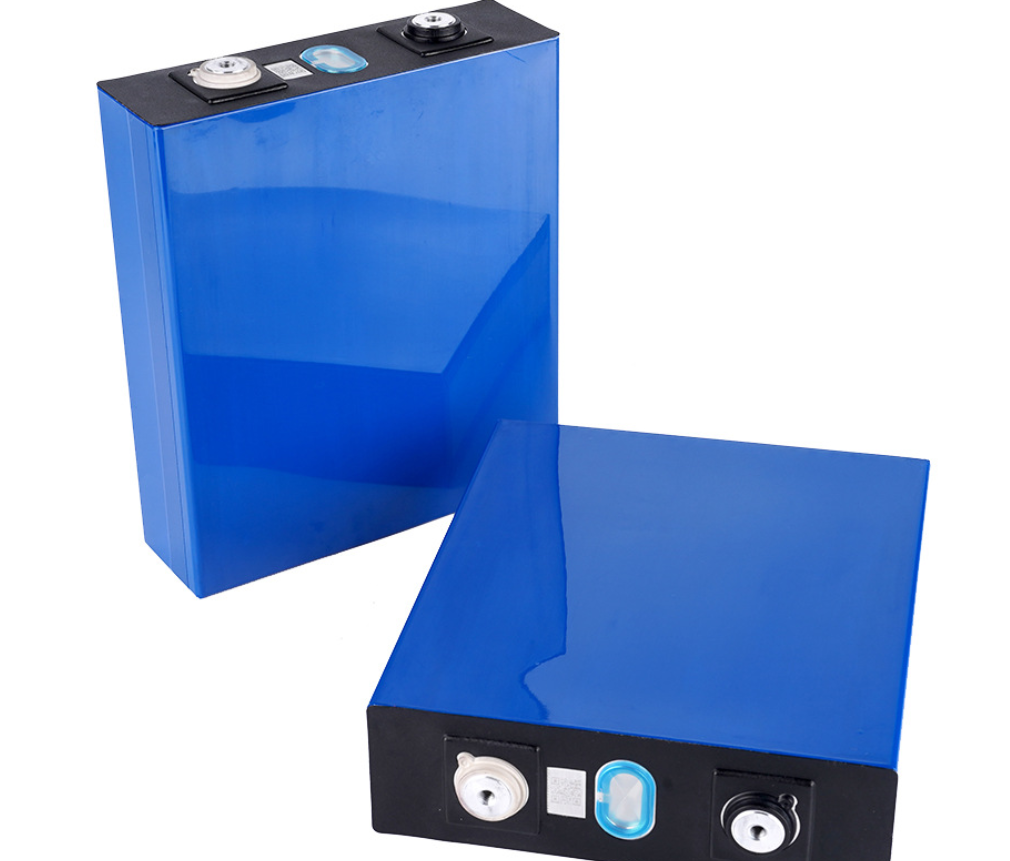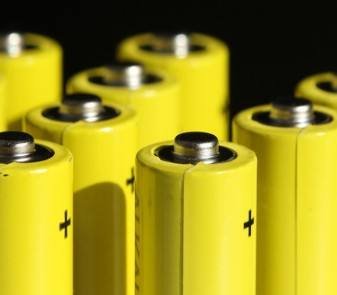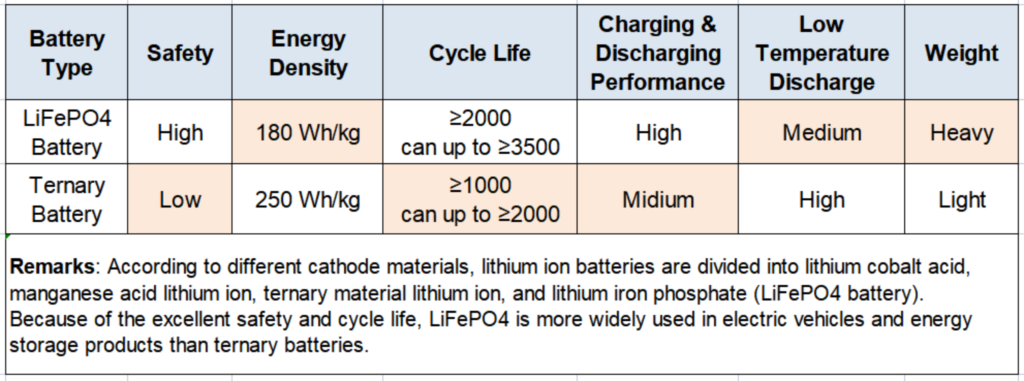Which kind of batteries are used in the portable power station? They are the LiFePO4 and Ternary Lithium Batteries. Particularly the LiFePO4 battery.
So, what is the difference between them? Which one is safer?
According to different cathode materials, lithium-ion batteries are divided into lithium cobalt acid, manganese acid lithium-ion, ternary material lithium-ion, and lithium iron phosphate (LiFePO4 battery).
LiFePO4 is the rechargeable Lithium Iron Phosphate cells. It comes with excellent thermal stability and charging performance at high temperatures; a Cycle life of more than 2000; Safer and more reliable than common lithium-ion, won’t cause fire and explosion; Excellent charging and discharging performance.

Lithium iron phosphate batteries begin to decompose at 700-800°C and will not release oxygen molecules in the face of impacts, needle sticks, short circuits, etc. It does not produce strong combustion and has high safety performance. Therefore, that’s why LiFePO4 is widely used in electric vehicles and portable power stations.
Ternary lithium batteries refer to lithium batteries containing transition metal lithium-intercalated oxides containing nickel, cobalt, and manganese. This material combines the advantages of lithium cobalt oxide, lithium nickel oxide, and lithium manganate, and forms a ternary synergistic effect of three materials, whose comprehensive properties are superior to any single combination compound.

Are they safe? The ternary lithium battery will decompose at 250-300C. When it encounters flammable electrolytes and carbon materials, it will decompose at a certain point. The heat generated will further aggravate the decomposition of the positive electrode, and it will deflagrate in a short time. Therefore, the safety and thermal stability of ternary batteries are poor.
However, ternary batteries are superior in energy density, low-temperature discharge, and lightweight. Hence, ternary batteries are widely used in consumer electronics as its lightweight and higher energy density.
A table is attached below for your review.

In summary, different kinds of batteries are used based on different environments and application scenarios. The key point is that use them safely and efficiently.
Can the charging time be faster?
The CEO Wang Lei of EcoFlow said: In my opinion, the core pain point for end-users is the charging time, not the power capacity.
The first thing Wang Lei and his team tackled was the flash charging technology. It took 3 years, but EcoFlow finally launched its first DELTA product in 2019, with a fast-charging power that was 10-20 times higher than the charging power of similar products from various manufacturers at the time, capable of being fully charged to 80% in 1 hour and finished charging in 1.6 hours.
Now more and more items with USB-C PD 60W or 100W. It stands for the speed for quick recharging. The 100W is faster than 60W. For example, it will take at least 3X times faster than the 60W when you are charging the laptop, which helps you get fully charged in a short time to meet your urgent needs. Therefore, fast charging is quite essential for customers.
How to choose a right portable power station?

Anyway, I’m sure that the batteries can go better and better with high capacity and fast charging soon.



